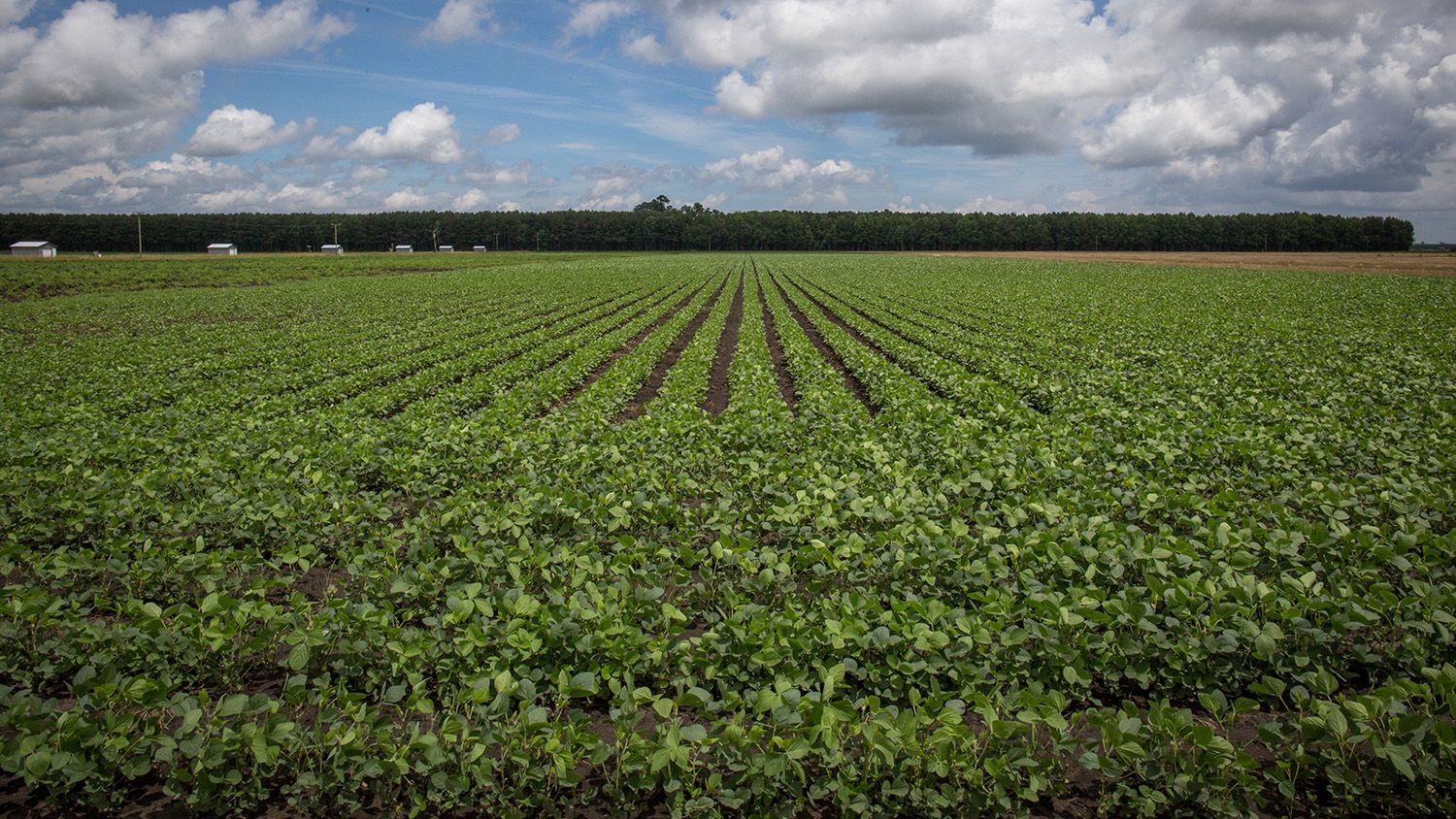First of Its Kind

A web-based Fertilizer Recommendation Support Tool (FRST) released this week can help farmers make decisions on applying phosphorus and potassium fertilizers using data from across the U.S., with the potential to save farmers millions of dollars annually while reducing excess nutrient losses to the environment.
North Carolina State University experts helped develop the decision aid, which provides an unbiased, science-based interpretation of soil test phosphorus and potassium values. The FRST project is a collaboration of over 100 soil science and agronomic professionals representing nearly 50 universities, four divisions of the U.S. Department of Agriculture (USDA), several not-for-profit organizations and one private sector partner. NC State University representatives for the project include Luke Gatiboni, an associate professor and extension soil fertility specialist, and Deanna Osmond, a soil science professor and extension specialist.
“We are extremely excited about the launch of the decision support tool,” Gatiboni said. “FRST was developed in response to the pressing need to harmonize soil testing across state boundaries. It represents an improvement in our ability to evaluate soil test correlation.”
The new web-based tool represents a significant advancement in soil testing for phosphorus and potassium and nutrient management, said Osmond, a soil science researcher and one of the group’s leaders.
“Until now, soil fertility faculty in each state worked independently,” she said. “But for farmers who work across state lines, it’s difficult to compare or assimilate multistate guidelines. Our goal is to improve the accuracy of nutrient recommendations through independent, scientifically developed nutrient management best practices.”
Currently, FRST provides critical phosphorus and potassium soil test values, which indicate where there is no expected yield increase from phosphorus or potassium fertilizer application. In the next phase, FRST will provide research-based phosphorus or potassium rate response information to assist farmers in selecting the minimum fertilizer rate expected to produce maximal crop yield. Version 1.0 includes data from nearly 2,500 phosphorus and potassium trials for 21 major agricultural crops, with the majority as corn and soybean.
FRST provides a U.S. map showing the location of phosphorus and potassium trials represented in the database and can be used to identify where the need for additional research data is greatest. The database was constructed from both historical and current research data and includes trials from 40 states and Puerto Rico. The team has plans to expand to other crops, cropping systems and other nutrients, such as sulfur.
Key features of FRST:
- Data-Driven: FRST utilizes a dynamic database of soil test correlation data that is constantly updated to improve testing confidence.
- Crop Specific: The database currently covers 21 major commodity crops.
- Geographically Diverse: FRST includes published and unpublished trial data from 40 states and Puerto Rico.
- Unbiased: Blended data removes political and institutional bias in soil test interpretation.
- Scientifically Sound: Data represents a minimum dataset that provides reliable outcomes.
“The FRST project has accomplished two really important objectives to advance phosphorus and potassium management for crop production,” said Nathan Slaton, soil science researcher at University of Arkansas and a leader of the project.
“The first was developing a national database to archive soil test correlation and calibration research ensuring that research information that supports crop fertilization recommendations is not lost as scientists retire. The second is providing a tool that anyone can use to review the research results relevant to their crop, soils and geographic area to check their soil-test-based fertilizer recommendations.”
Hosted in a neutral space with common access, FRST fosters collaboration and innovation in soil fertility research, paving the way for future advancements in nutrient management.
“The design of FRST has always been focused on the end user being able to easily use the tool and understand the results,” said NC State’s Greg Buol, who has provided database and programming support.
For more information about FRST and how it can transform nutrient management on your farm or in your organization, visit https://soiltestfrst.org and click on “Tool.”
Funding for the FRST project has been provided by the USDA’s Natural Resources Conservation Service, including the Conservation Innovation Grants; the USDA’s Agricultural Research Service; the USDA’s National Institute of Food and Agriculture; and corporate partner OCP North America.
This post was originally published in College of Agriculture and Life Sciences News.